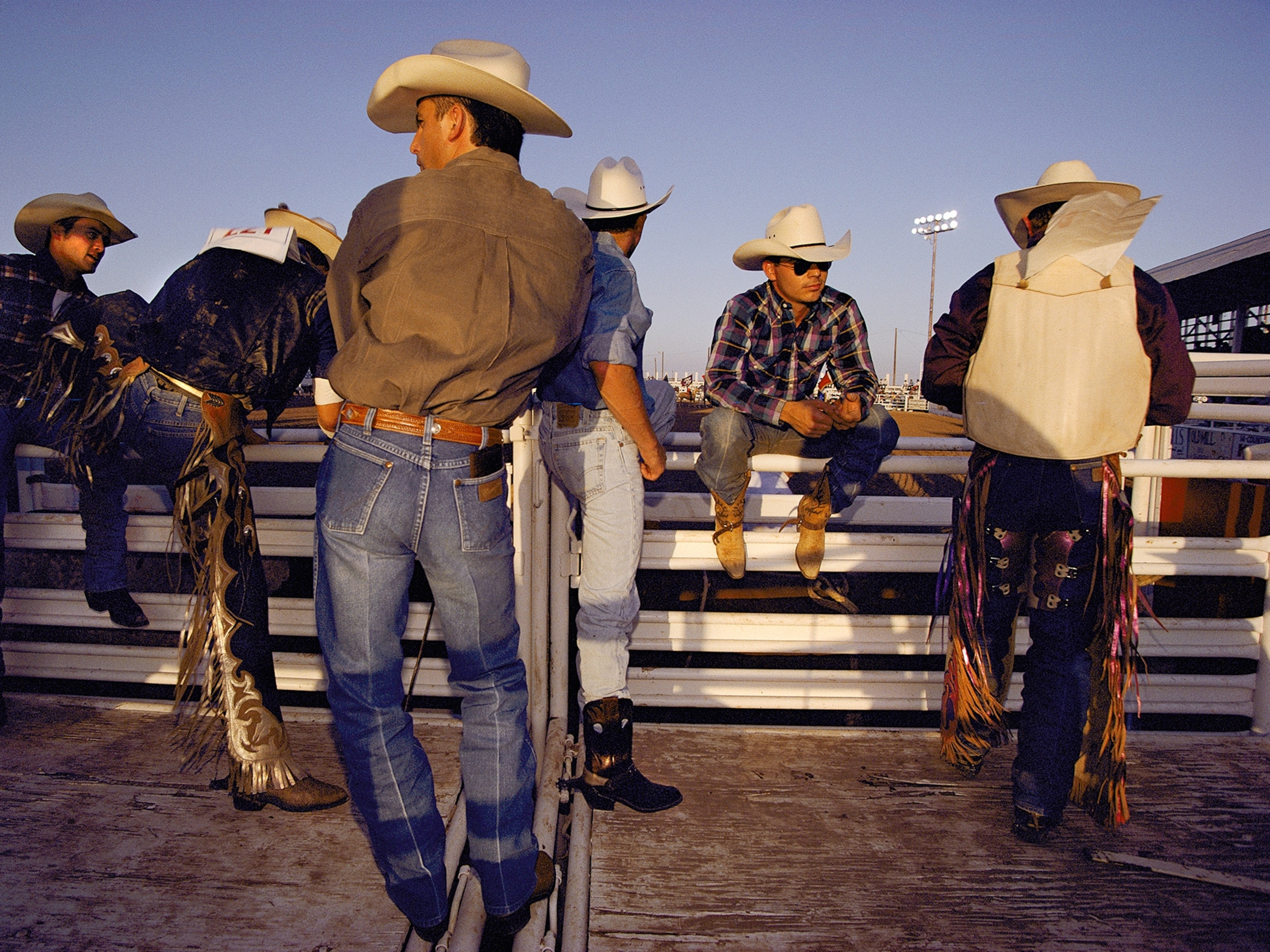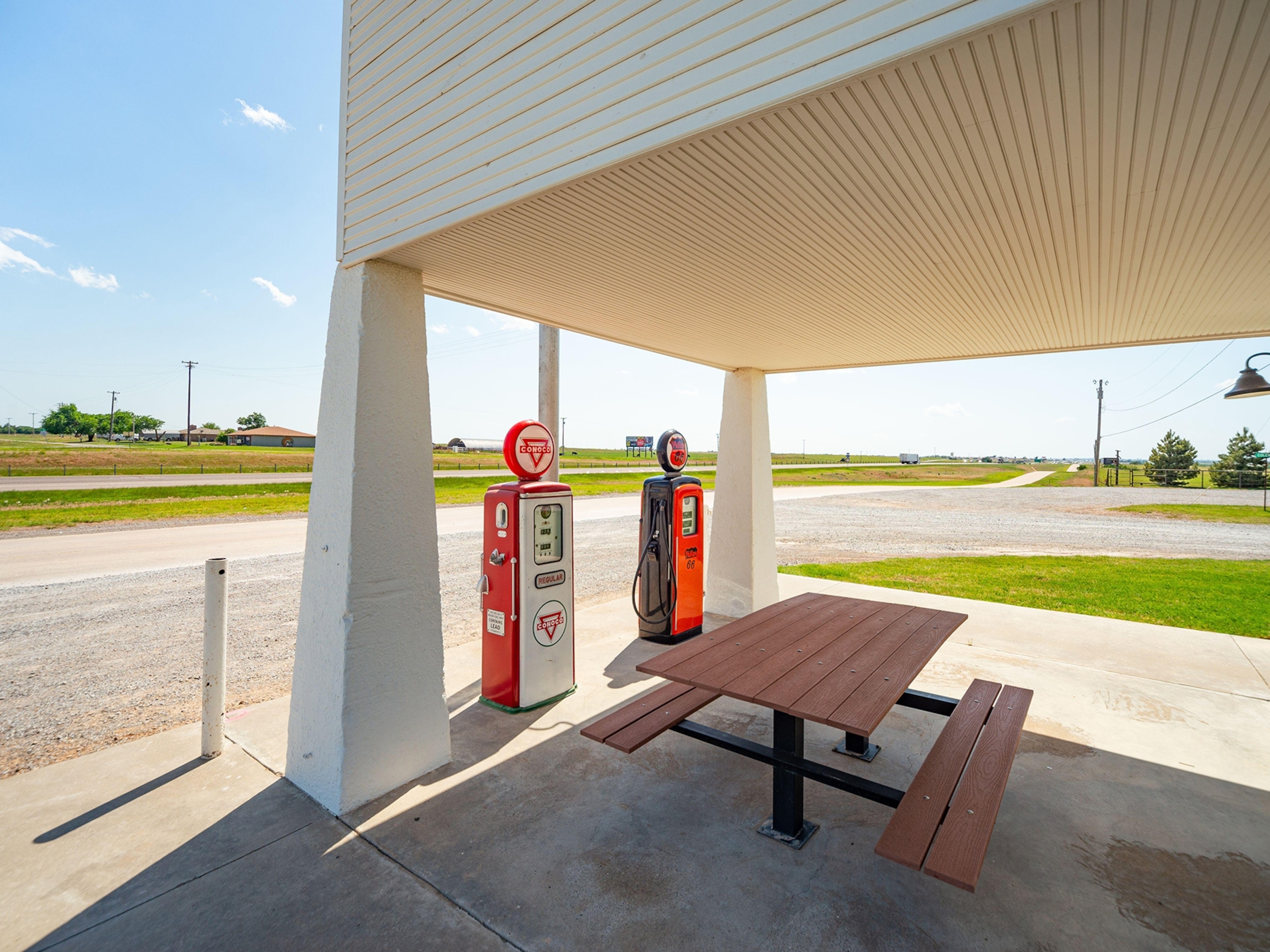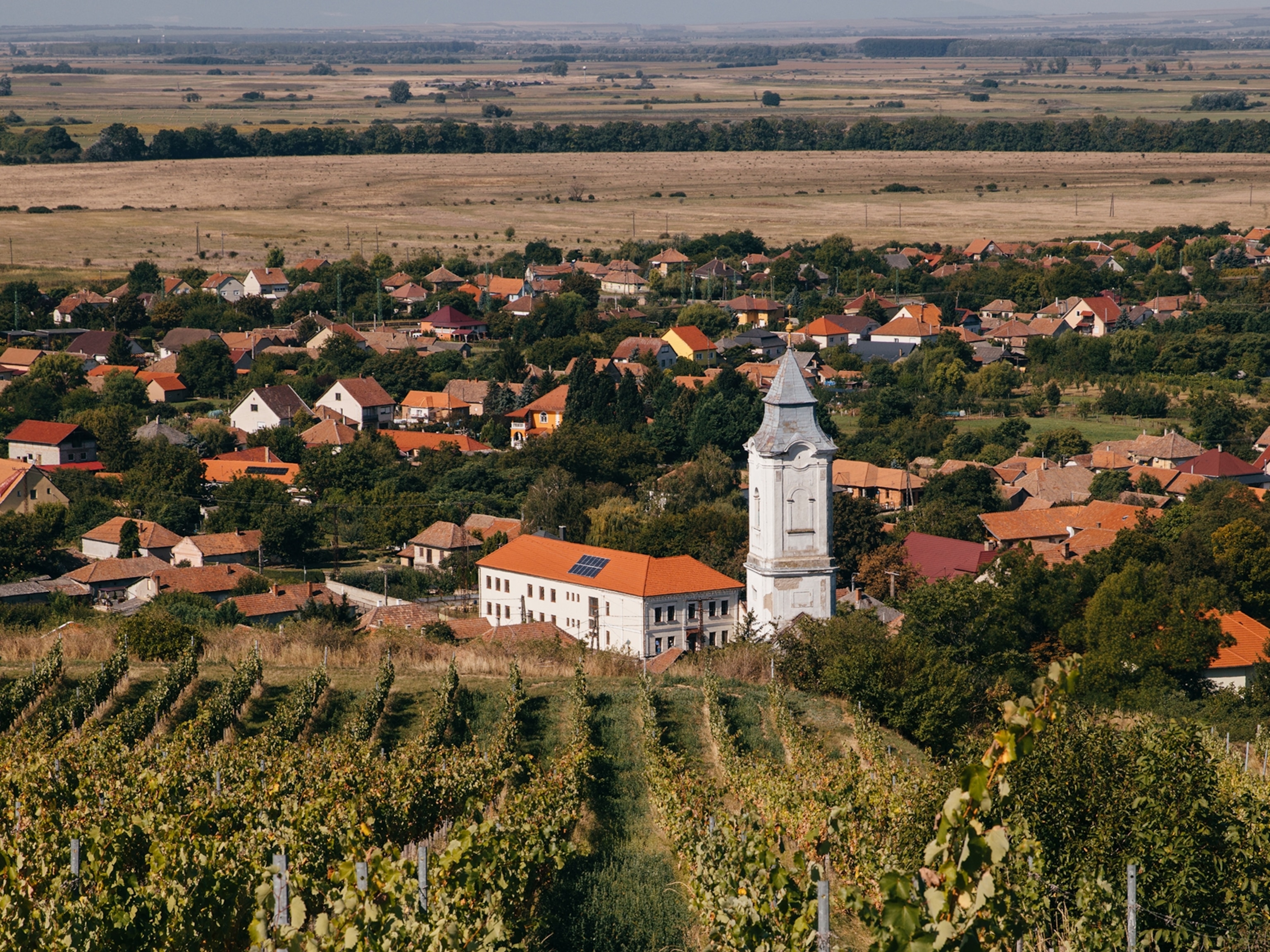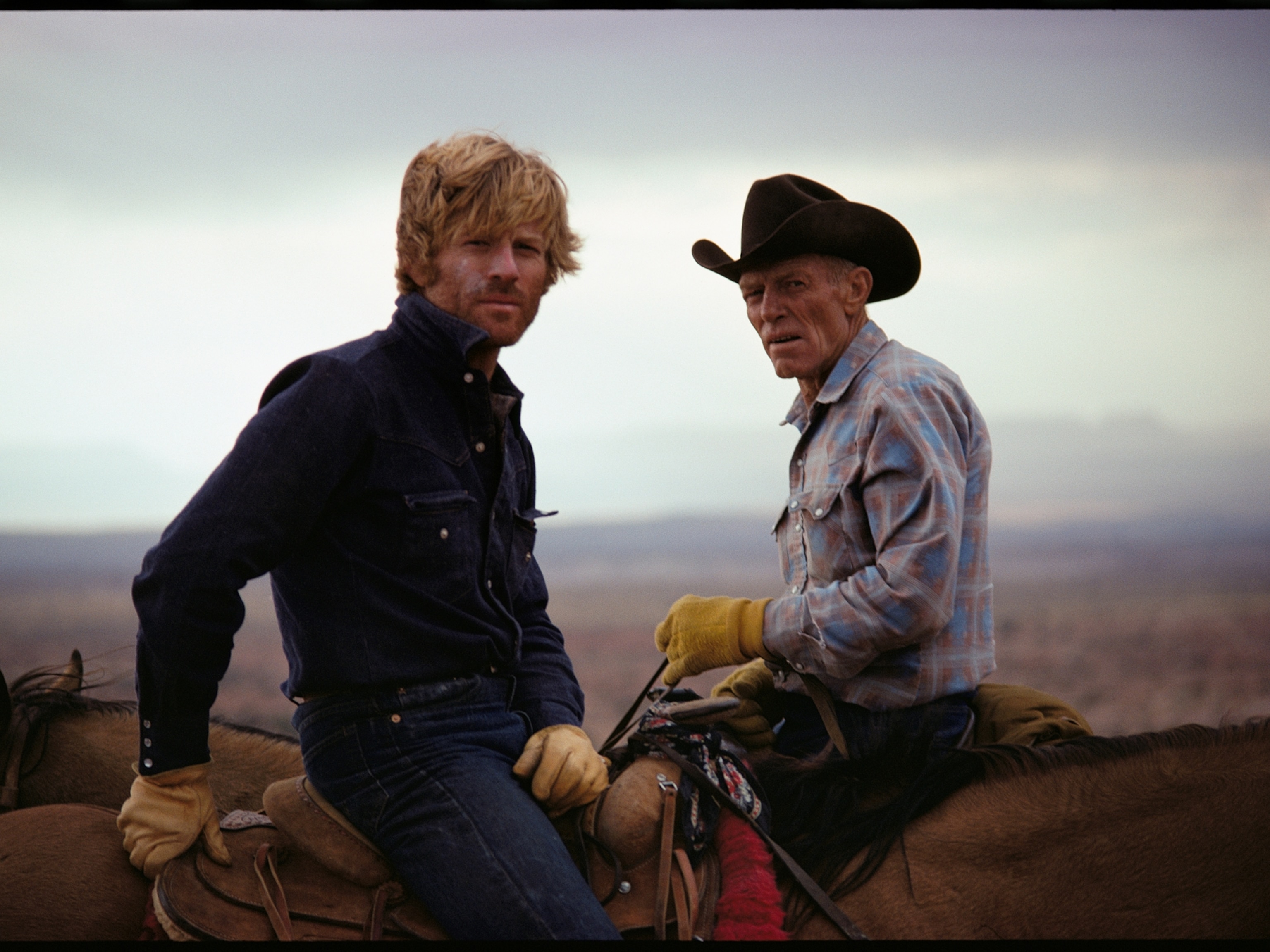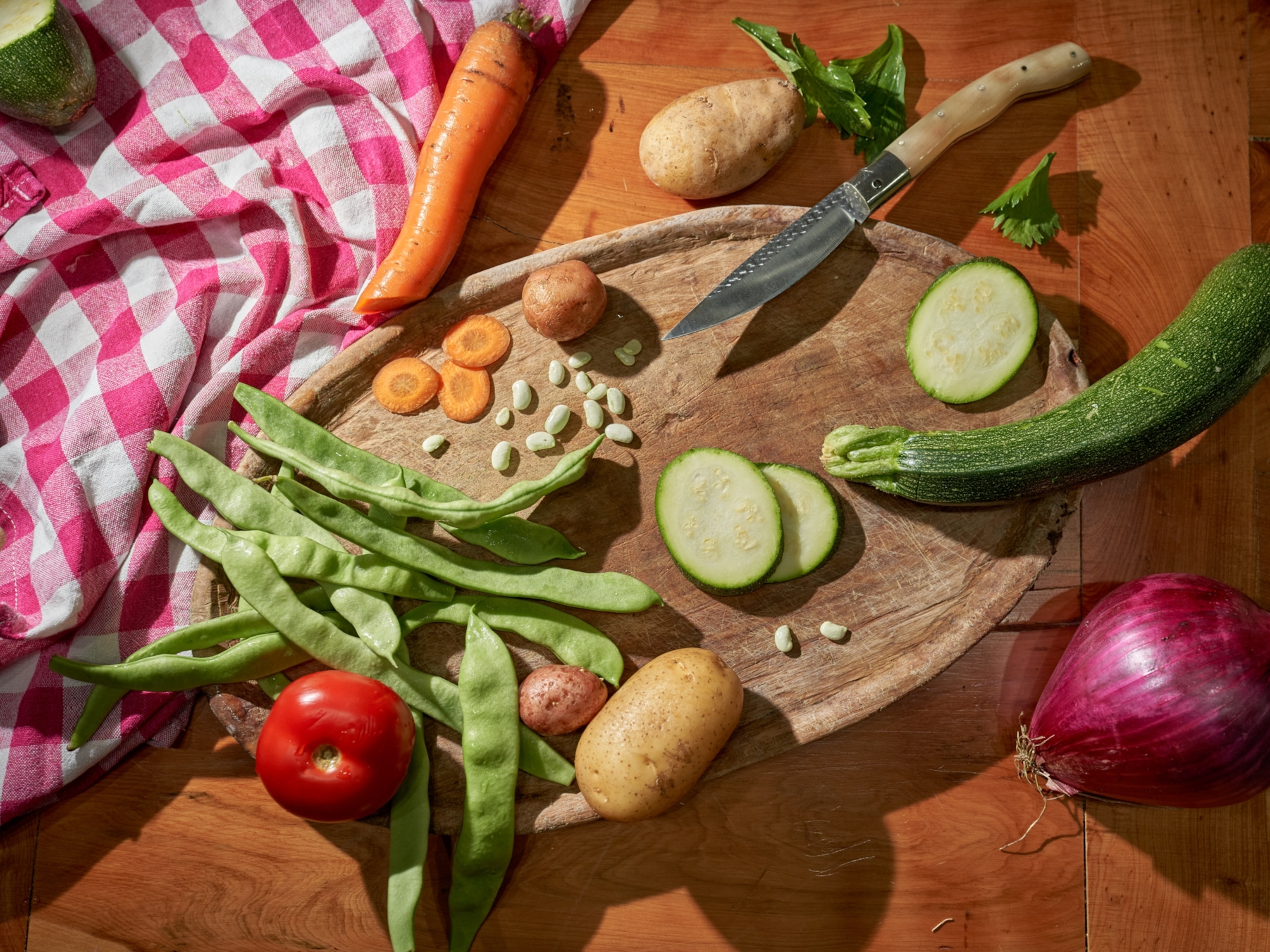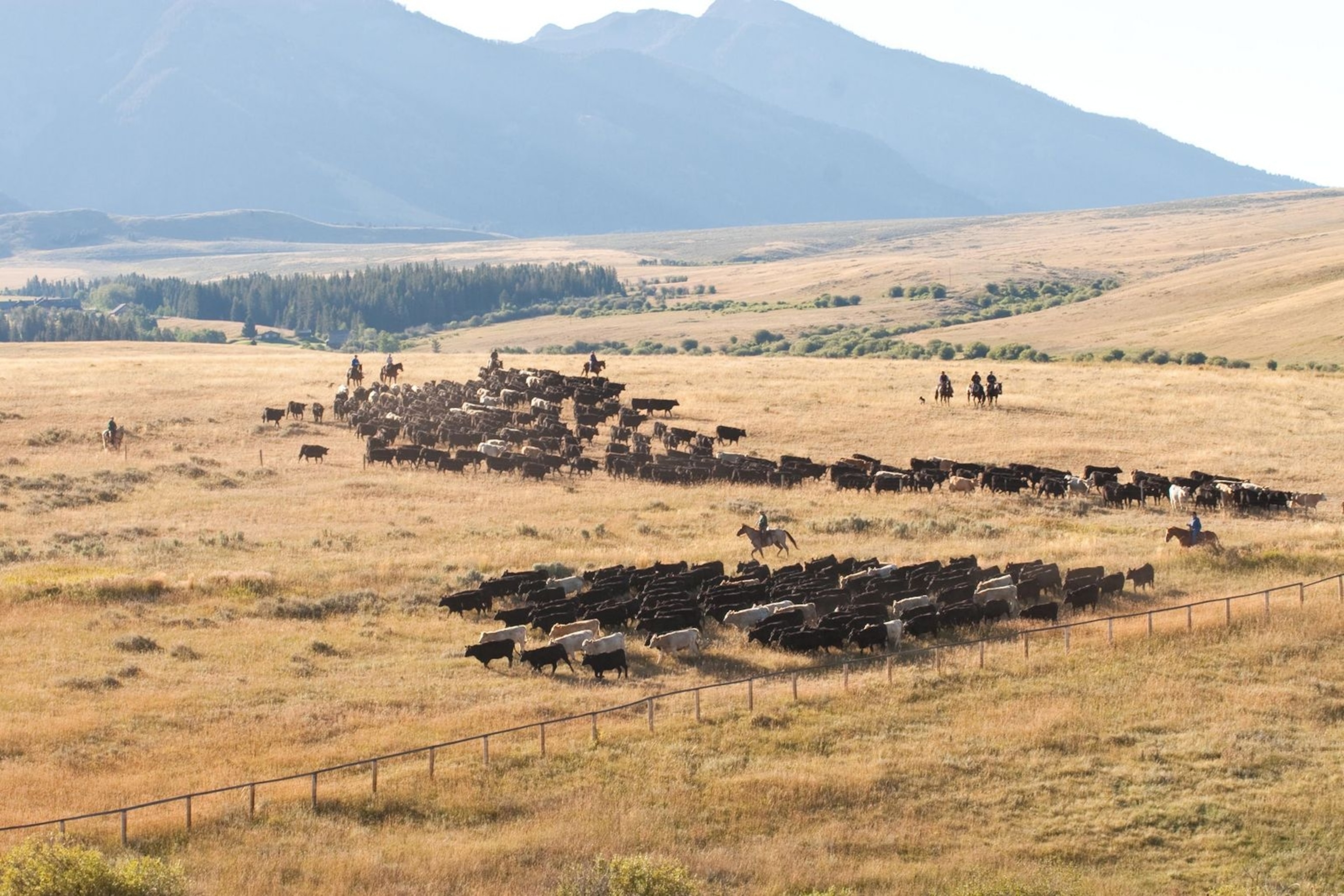
Humane Animal Treatment Fields a New Generation
While the headlines and gotcha videos focus on the inhumane treatment of animals, Temple Grandin has focused her career on improving treatment for cattle in factories. But there are a slew of other experts advancing animal welfare on the range and beyond.
“Horse whisperers” like Buck Brannaman
Treating horses gently became a gateway for cowboys to think about their treatment of cattle.
Bud Williams
Williams passed away in 2012, but a drove of cowboys carry on his work. One of them, Montana cowboy Curt Pate Beef Quality Assurance

“Cowboys have always cared about their cattle and horses,” Pate says. “Stockmanship starts when a calf is born. The first time a human has contact with a calf, they are imprinting it for the future. If I do a good job, he’ll trust humans.”
The humane treatment of livestock appeals to more than just the heart and mind. Taste buds benefit, too.
“There’s one problem that haunts us in the beef industry: it’s called a dark cutter
Other factors affect meat quality.
During a cow’s life, it gets in line for a number of injections: disease vaccines, medicine to treat infections, and antibiotics (to fight disease and, controversially, increase weight gain). Repeated needle punctures cause bruising and tough meat to form. Standard practice was to inject livestock on the hind quarters. It’s safer and easier for a handler to reach. But the rump is also home to choice meat cuts. Butchers lop out bruised sections, discarding chunks that add up into piles of what should’ve been edible meat. So ranchers now give injections in the neck.
Stress, whether environmental or from illness, affects how cattle graze. Now that experts are calling for fat to be recognized as a primary flavor
A new generation of rancher is putting all these components together.
Garl Germann lives on a third-generation ranch in southwest Montana. He started the Rodear Initiative Allan Savory
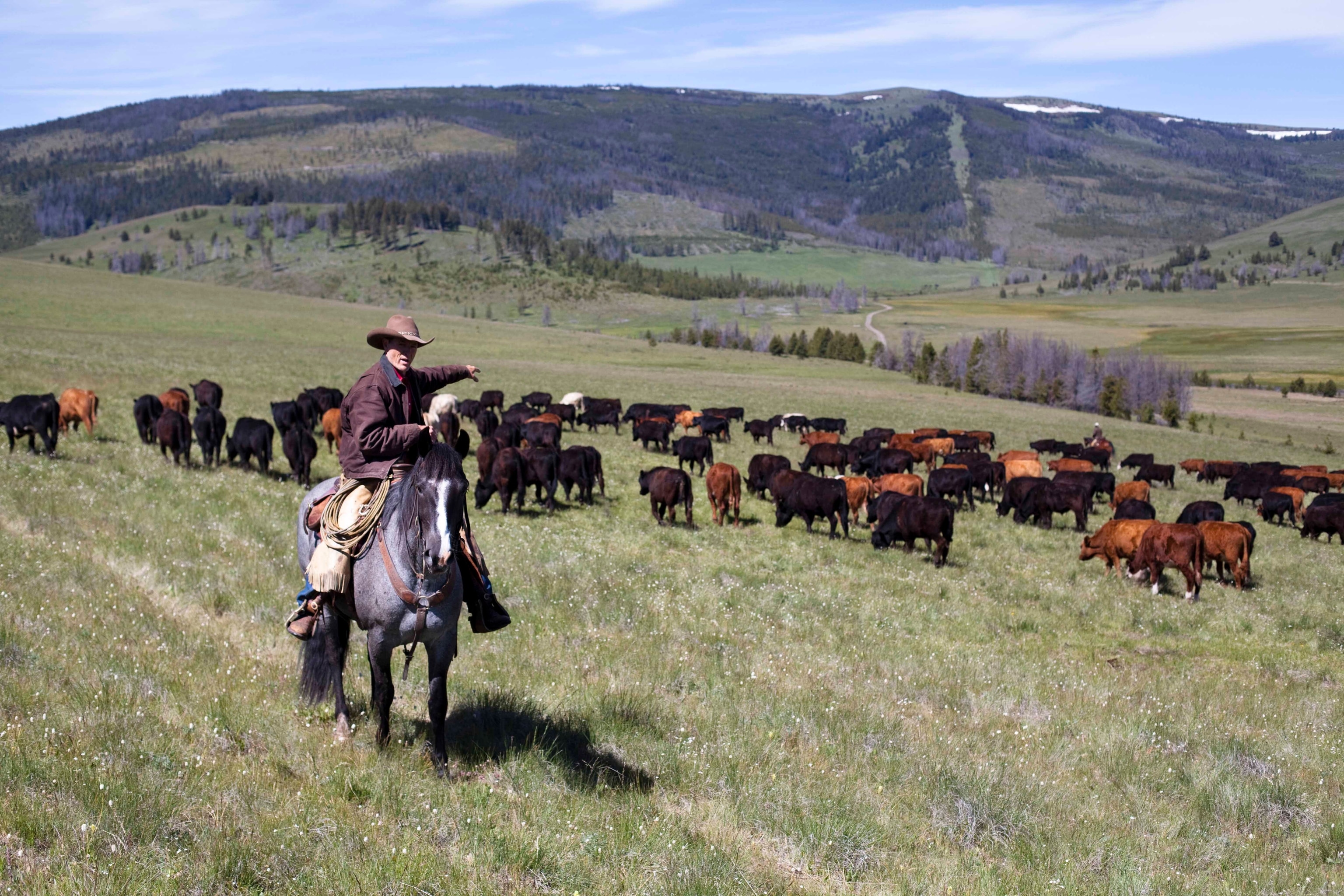
Germann processes the meat himself at his family’s slaughterhouse, then sells the beef under the label Montana Meat Company
A recent op-ed in The New York Times
As evidenced by Temple Grandin and those who have taken her lead and moved it out of the slaughterhouse and into the field, animal welfare has taken root in the cattle industry. You can taste the difference. It’s the flavor of kindness.
Ryan Bell is a 2015 Fulbright-National Geographic Digital Storytelling Fellow. For his project
Comrade Cowboys
, he’ll travel through Russia and Kazakhstan where American cowboys are helping build cattle ranches and report for The Plate along the way. You can follow him on
,
, and
.

